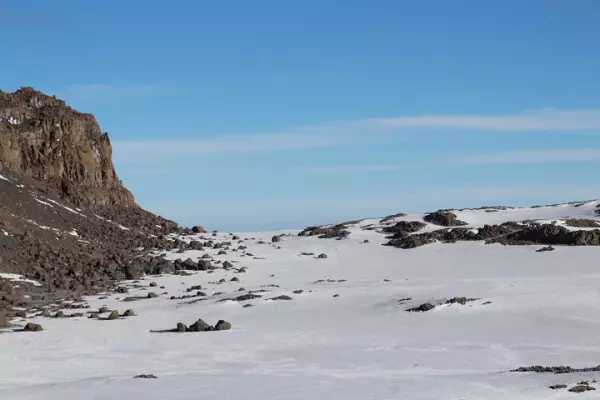
Embarking on the exhilarating journey to conquer Kilimanjaro, the highest peak in Africa, is a dream for many adventurers. However, the ascent to the summit comes with the potential challenge of altitude sickness, a condition caused by decreased air pressure and lower oxygen levels at higher elevations. For beginners tackling Kilimanjaro, understanding how to avoid altitude sickness is paramount to ensure a safe and successful climb. In this comprehensive guide, we explore proactive measures, acclimatization strategies, and essential tips for beginners to mitigate the risk of altitude sickness on Kilimanjaro.
Altitude sickness, also known as acute mountain sickness (AMS), can affect climbers at elevations above 2,500 meters (8,200 feet). Kilimanjaro's summit, Uhuru Peak, stands at a formidable 5,895 meters (19,341 feet), making proper acclimatization crucial for a positive climbing experience.
Opt for a gradual ascent to allow your body time to acclimatize to higher altitudes. Choose routes with longer itineraries that incorporate acclimatization days.
Proper hydration is essential at higher elevations. Drink plenty of water throughout the climb to prevent dehydration, which can exacerbate altitude sickness.
Maintain a well-balanced diet rich in carbohydrates and avoid heavy, fatty meals. Proper nutrition supports your body's energy needs during the climb.
Enhance your physical fitness before the climb. Regular exercise, especially cardiovascular activities, can improve your body's ability to adapt to lower oxygen levels.
Consult with a healthcare professional about altitude sickness medication. Acetazolamide (Diamox) is a common prophylactic medication that can aid acclimatization.
Ensure you get sufficient rest during the climb. Proper sleep is crucial for acclimatization and overall well-being.
Embrace the local saying, "Pole, pole," which means slowly, slowly in Swahili. Maintain a deliberate and unhurried pace to aid acclimatization.
Choose routes with built-in acclimatization days, allowing rest and adaptation to higher altitudes. The Machame and Lemosho routes, for instance, provide strategic acclimatization stops.
Sleep at lower altitudes than the highest point reached during the day. This practice, known as altitude-adjusted sleep, supports the body's adaptation process.
Consume electrolyte-rich drinks to maintain proper hydration. Electrolytes can help balance the body's salt levels, which is especially important at higher elevations.
1. Communication:
Communicate any symptoms to your guide immediately. Guides are trained to assess and respond to altitude sickness.
2. Descend if Necessary:
If symptoms persist or worsen, be prepared to descend to a lower altitude. Descending is the most effective treatment for altitude sickness.
3. Oxygen and Medication:
Guides carry supplemental oxygen; some routes have lower camps medical facilities. In severe cases, oxygen and medication may be administered.
For beginners tackling Kilimanjaro, the allure of reaching Uhuru Peak is accompanied by the responsibility of understanding and mitigating altitude sickness risks. By incorporating proactive measures, acclimatization strategies, and being vigilant about symptoms, climbers can enhance their chances of a safe and enjoyable ascent. As you ascend through Kilimanjaro's diverse ecosystems, from lush rainforests to alpine deserts, the journey becomes a profound exploration of personal resilience and the awe-inspiring beauty of the mountain. Remember, climbing Kilimanjaro is not just reaching the summit; it's savoring every step of the adventure safely and responsibly.